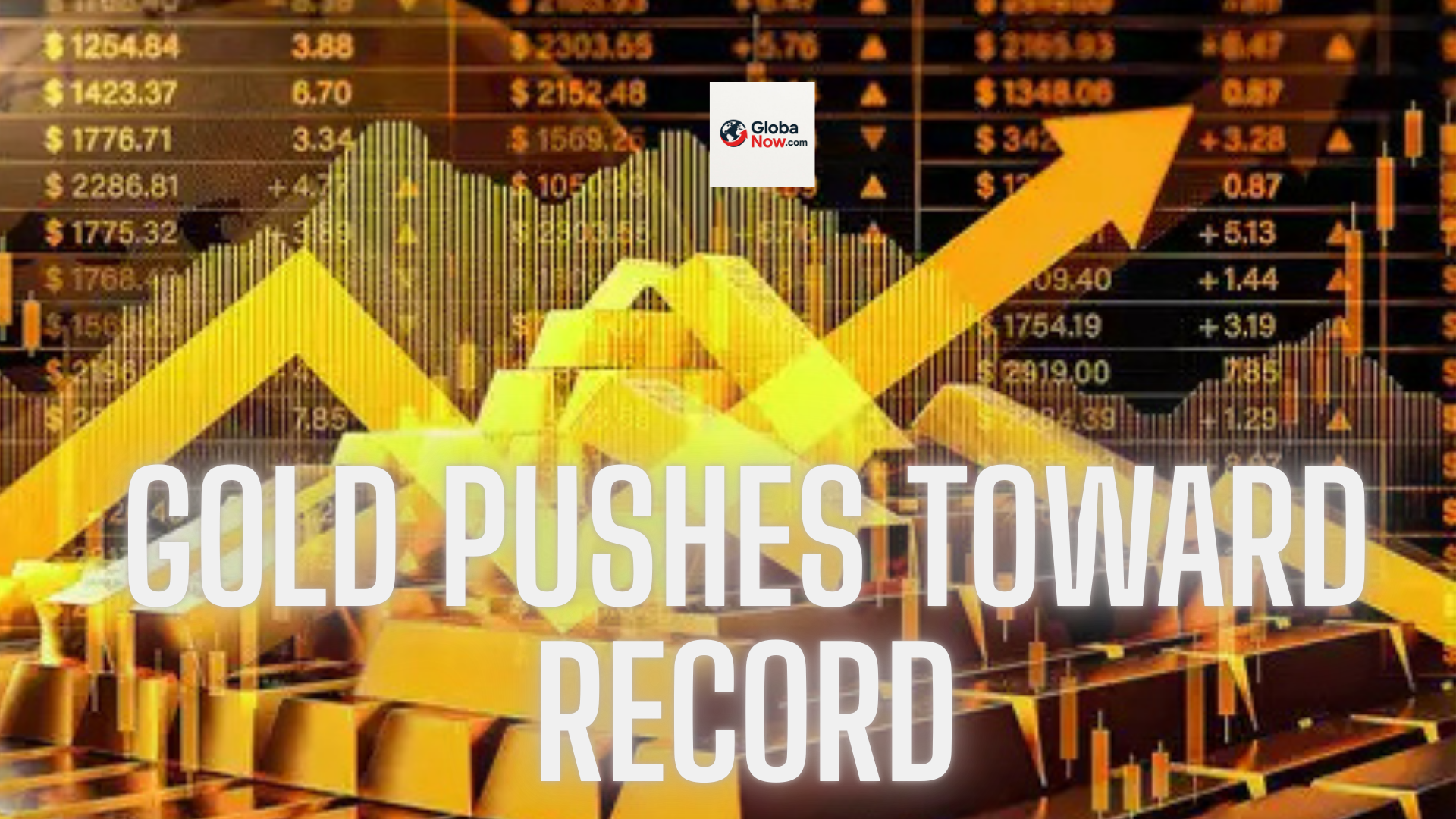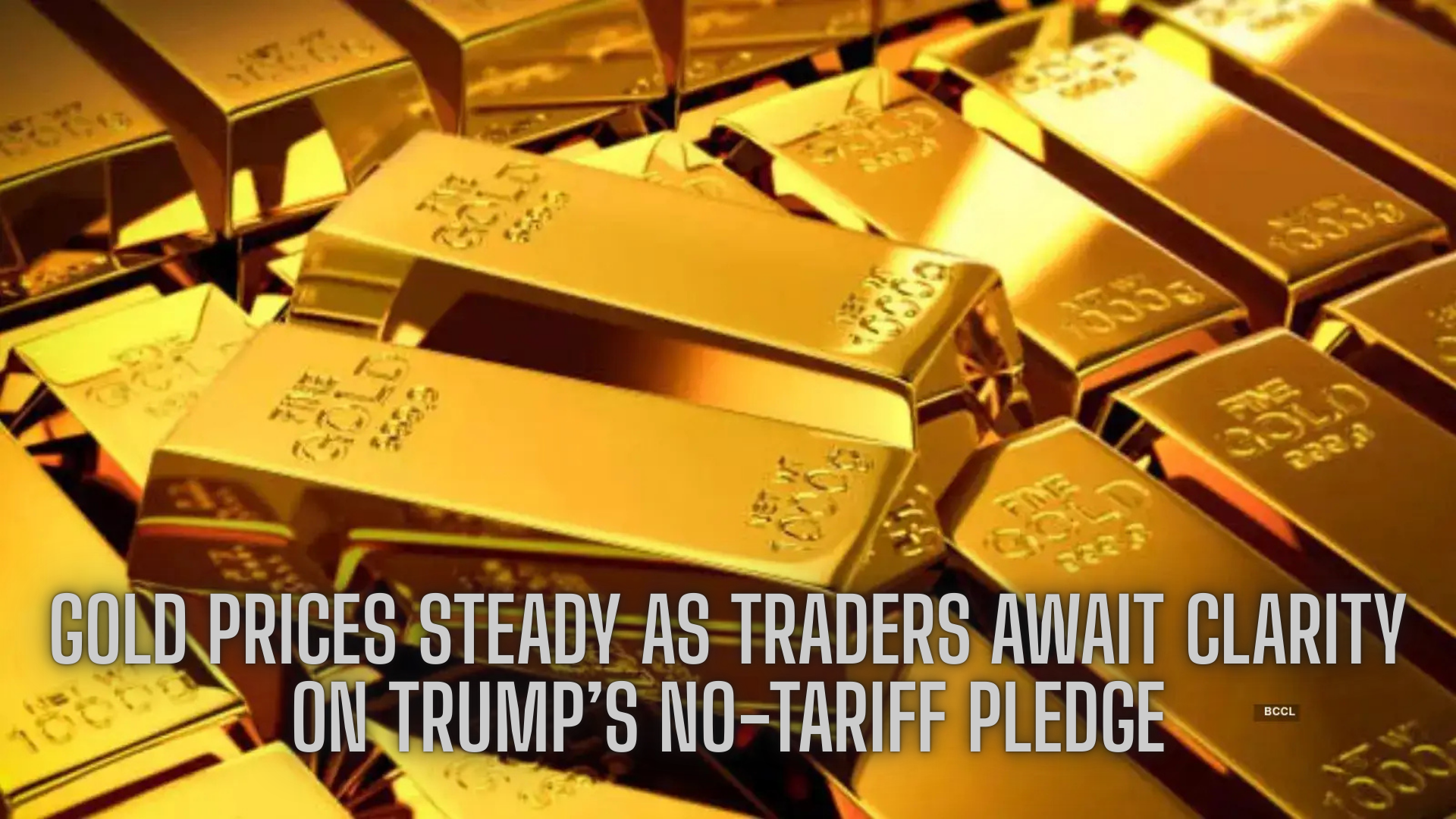Gold has long been considered the ultimate safe-haven asset, and in recent months it has been on a steady climb toward record highs. With investors flocking to exchange-traded funds (ETFs) tied to bullion, and growing anticipation around the Federal Reserve’s next policy decision, the gold market is once again in the spotlight. The combination of monetary policy uncertainty, global economic challenges, and heightened demand for gold-backed ETFs is creating an environment where prices could continue surging.
In this article, we will explore the reasons behind gold’s upward push, the role of ETFs, the impact of Federal Reserve policies, and what investors can expect in the coming months.
The Current Gold Rally
Gold prices have been inching closer to historic levels, driven by multiple macroeconomic factors. Investors are seeking safety amid inflationary concerns, geopolitical risks, and uncertain growth prospects across major economies.

Safe-Haven Demand Returns
Whenever financial markets face turbulence, gold tends to benefit. Recent volatility in equity markets and slowing growth in global manufacturing have pushed investors toward precious metals. Unlike currencies or stocks, gold retains intrinsic value, making it an attractive hedge.
Inflation and Interest Rate Concerns
Persistent inflation has kept gold attractive as a hedge against eroding purchasing power. While consumer price growth has moderated compared to pandemic-era peaks, it remains above central banks’ comfort levels. This raises questions about how aggressive the Federal Reserve will remain in its tightening cycle.
The Role of ETFs in Driving Gold Prices
Exchange-traded funds (ETFs) that are backed by physical gold have become a crucial driver of bullion demand. These funds make it easier for institutional and retail investors to gain exposure to gold without needing to store the metal themselves.
Record ETF Inflows
In the past few months, gold ETFs have reported strong inflows as investors position themselves ahead of the Fed’s decisions. Rising ETF holdings signal broader market confidence in gold’s upward trajectory.
Accessibility for Retail Investors
Unlike futures or options contracts, ETFs allow everyday investors to participate in the gold market through traditional brokerage accounts. This accessibility has expanded gold’s investor base, making it less of a niche asset and more of a mainstream hedge.
Federal Reserve Policy and Its Impact
The Federal Reserve’s monetary policy has historically been one of the most important factors influencing gold prices. As the Fed prepares for its upcoming meeting, markets are split on whether policymakers will hold rates steady or hint at future adjustments.
Interest Rates and Gold Prices
Gold does not yield interest or dividends. When interest rates are high, investors often prefer bonds or savings instruments that provide guaranteed returns. However, if the Fed signals rate cuts or pauses, gold becomes more attractive. This dynamic explains why every Fed meeting is watched closely by gold traders.
Dollar Weakness and Fed Policy
A dovish Fed often leads to a weaker U.S. dollar, which in turn supports higher gold prices. Since gold is priced in dollars globally, a weaker currency makes the metal cheaper for foreign buyers, further boosting demand.
Global Economic and Geopolitical Factors
Beyond the Federal Reserve, global developments are influencing the gold market. From geopolitical tensions to trade dynamics, investors are seeking stability in uncertain times.
Geopolitical Risks Drive Safe-Haven Buying
Conflicts in regions such as Eastern Europe and the Middle East continue to unsettle investors. Whenever political uncertainty rises, gold typically benefits as investors seek to reduce exposure to riskier assets.
China and India’s Role in Gold Demand
China and India remain the two largest consumers of physical gold, particularly for jewelry and investment purposes. Economic trends in these countries often have an outsized effect on global gold prices. Recently, strong demand from both markets has supported gold’s rally.
Technical Momentum in the Gold Market
In addition to fundamental drivers, technical indicators show strong momentum in gold. Traders and analysts note that key resistance levels are being tested, with the possibility of new all-time highs if momentum continues.
Breaking Resistance Levels
Gold has repeatedly tested resistance near its prior record highs. Each time prices hold steady above major support levels, it strengthens the bullish outlook among technical traders.
Institutional Participation
Hedge funds and large institutions have increased their gold holdings in anticipation of favorable conditions. This institutional activity adds further strength to the rally.
How Investors Are Positioning Themselves
With gold approaching record highs, investors are carefully considering their strategies. Some are hedging against potential Fed surprises, while others are preparing for a longer-term shift in global monetary policy.
Long-Term Allocation to Precious Metals
Many wealth managers recommend maintaining some exposure to gold as part of a diversified portfolio. With uncertainty in both equities and fixed-income markets, gold provides a valuable hedge.
Short-Term Speculative Trades
Active traders are also finding opportunities in short-term volatility around Fed announcements and global news. This speculative activity often amplifies price swings.
Outlook: Will Gold Break Records?
The key question on every investor’s mind is whether gold will push through its record highs in the weeks ahead. While no forecast is guaranteed, several indicators suggest momentum is on gold’s side.
Fed Decision Could Be the Catalyst
The upcoming Fed meeting will likely set the tone for the next phase of gold’s rally. If the Fed signals caution about economic growth or hints at easing policy, gold could surge.
Global Economic Slowdown

Signs of slowing growth in Europe, Asia, and the United States could push more investors toward gold as a defensive asset. Combined with strong ETF demand, this could be the recipe for new highs.
Risks to the Gold Rally
While the outlook for gold appears strong, investors should remain cautious. Several risks could slow or reverse the rally.
Stronger Dollar Scenario
If the Fed maintains a hawkish tone and the dollar strengthens, gold prices could face headwinds. A stronger dollar typically makes gold more expensive for international buyers.
Sudden Market Optimism
If equity markets recover strongly or inflation drops faster than expected, demand for gold could weaken as investors seek higher-yielding assets.
Conclusion: A Pivotal Moment for Gold
Gold’s approach toward record levels highlights its enduring role as both an investment and a store of value. With ETF inflows surging, geopolitical risks persisting, and the Federal Reserve preparing for a critical decision, the stage is set for significant market moves. Whether gold breaks records in the near term will depend heavily on how the Fed balances inflation control with economic stability.
For investors, this is a pivotal moment. Allocating strategically to gold could provide both protection and opportunity, but as with any asset, timing and risk management are key.



